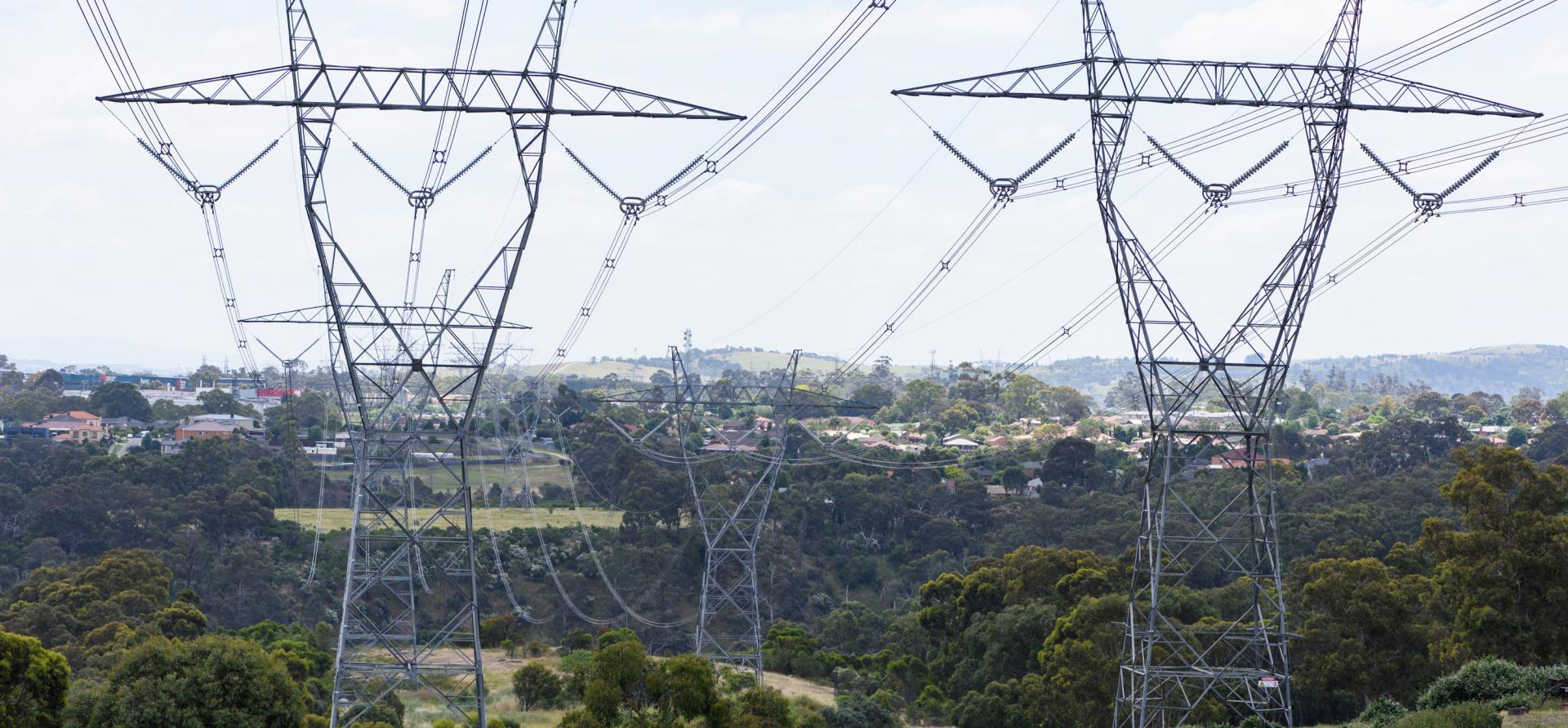Submission: Enhancing the Integrated System Plan to support the energy transition
Download Full Version

18 July 2024
To: The Australian Energy Market Commission
RE: Enhancing the Integrated System Plan to support the energy transition
Thank you for the opportunity for the Institute for Energy Economics and Financial Analysis (IEEFA) to provide input into the Australian Energy Market Commission (AEMC)’s consultation on Enhancing the Integrated System Plan to support the energy transition.
IEEFA is an independent energy finance think tank that examines issues related to energy markets, trends, and policies. The Institute’s mission is to accelerate the transition to a diverse, sustainable and profitable energy economy.
Our comments on the proposed changes are contained in the following pages. Overall, we have found that:
- Some targeted improvements to the gas analysis underpinning the Australian Energy Market Operator (AEMO)’s Integrated System Plan (ISP) would be useful and lead to more robust outcomes, but not all proposed changes are necessary.
- The proposed change to the National Gas Rules (NGR) to enable gas information received under the NGR to help inform the ISP appears to be useful, to ensure the ISP is well informed.
- The change to the National Electricity Rules (NER) “to require AEMO to publish gas market projections and undertake an expanded consideration of gas generation, supply, and infrastructure, including costs, when preparing the ISP” does not seem necessary. It appears likely that the most material improvements to gas analysis in the ISP could be implemented by improving the ISP’s modelling inputs and methodology, or through a more minor change to the rules.
- There is inadequate evidence to suggest that the publication of ‘gas market projections’ would improve electricity infrastructure decision-making. “Gas market projections” should not be undertaken in the ISP process as they are very separate to the electricity plan and much broader than electricity (most gas in Australia is exported in the form of LNG, much of the remainder is used in mining and manufacturing).
- The proposed changes around improving the consideration of demand-side factors in the ISP are a helpful initial step forward. However, we believe:
- The proposed “CER [consumer energy resources] and distributed resources” statement should be sure to include demand flexibility measures. Further, this rule change should also consider how to provide more clarity around energy efficiency and electrification development pathways and any other possible demand-side interventions.
- The “CER and distributed resources” development & operational behaviour statement appears likely to be very helpful. However, this rule change should propose that AEMO set out in the “CER and distributed resources” statement the potential benefits/costs associated with higher DER uptake, and analysis of the risk of overbuild of supply-side and large-scale investments in the event that we have higher DER than forecast. To inform this, AEMO should run a higher DER scenario or sensitivity.
- This rule change should propose changes to enable some level of co-optimisation or iterations between demand- and supply-side modelling, to better understand the possible range of options that might deliver the lowest-cost pathway.
- Improving collection of DNSP data and integration into the ISP is helpful, and developing a process for how this data is collected into the ISP is necessary. Distribution network service provider (DNSP) information-gathering processes should be transparent, the data should be publicly released, and the methodology for how the data is incorporated into the ISP should be detailed and publicly released. A consultation process on how the data is collected and incorporated into the ISP should be undertaken.
Kind regards,
Johanna Bowyer, Lead Analyst, Australian Electricity, IEEFA
Jay Gordon, Energy Finance Analyst, Australian Electricity, IEEFA
















